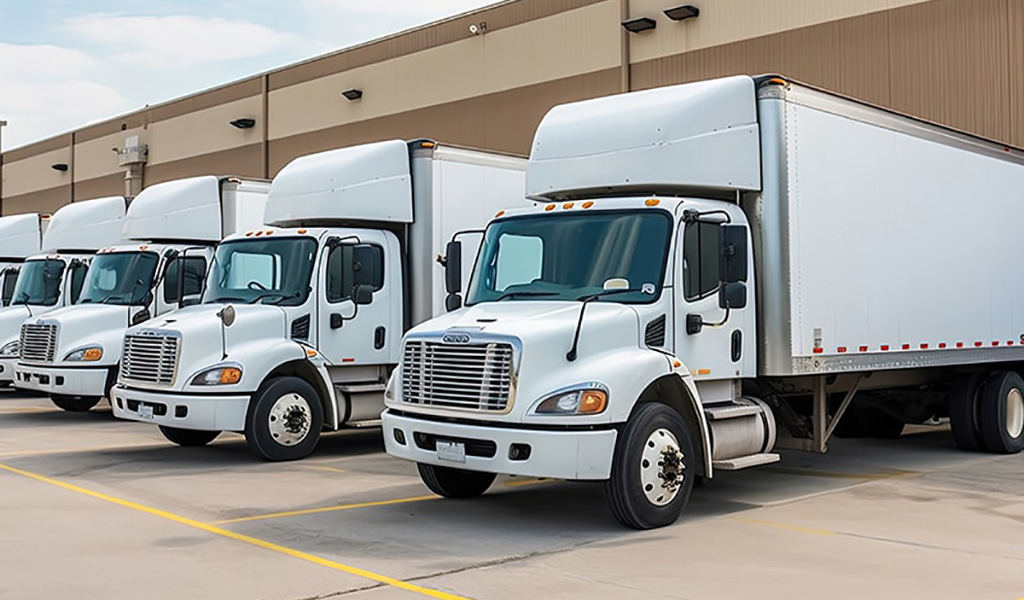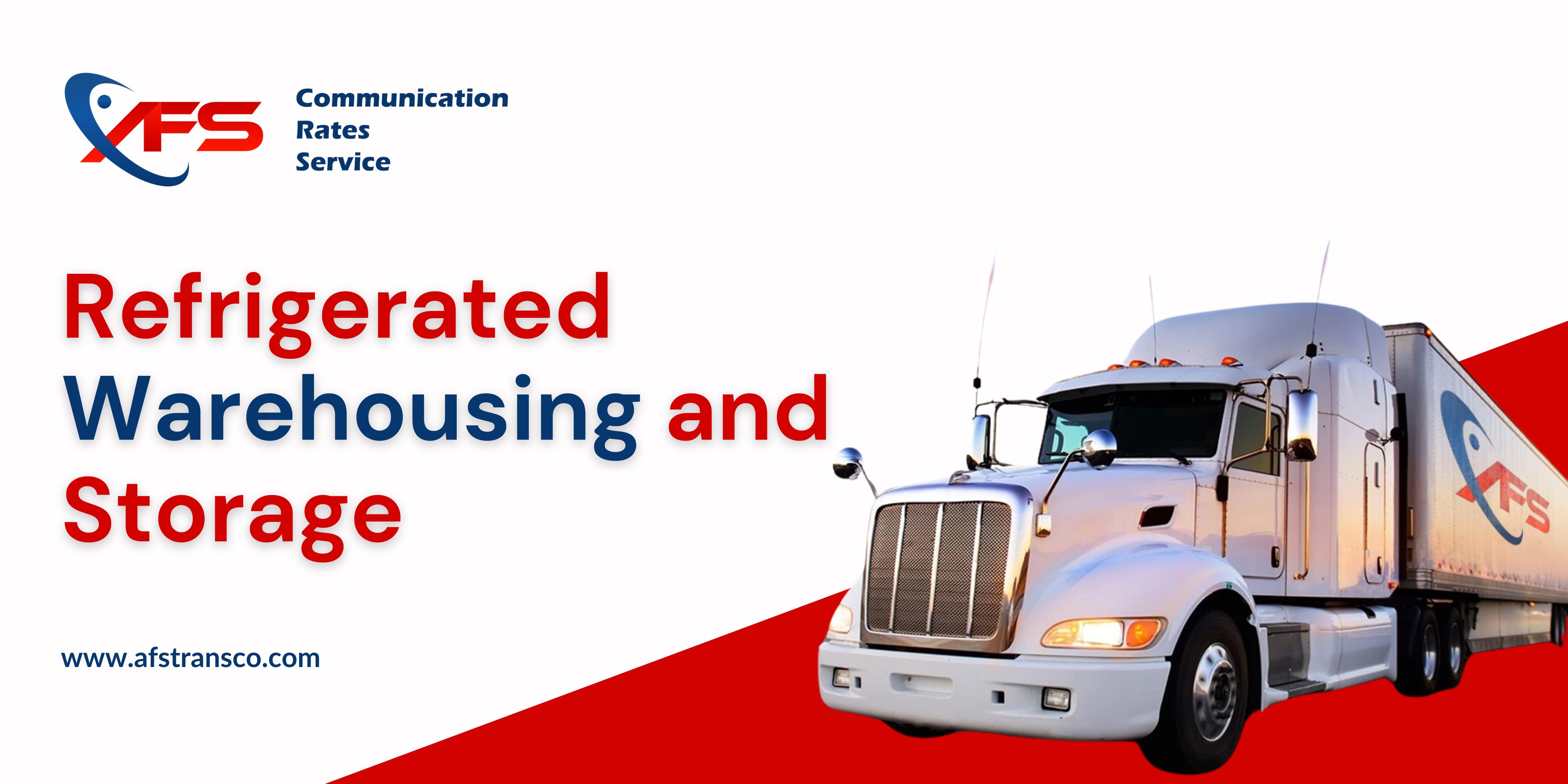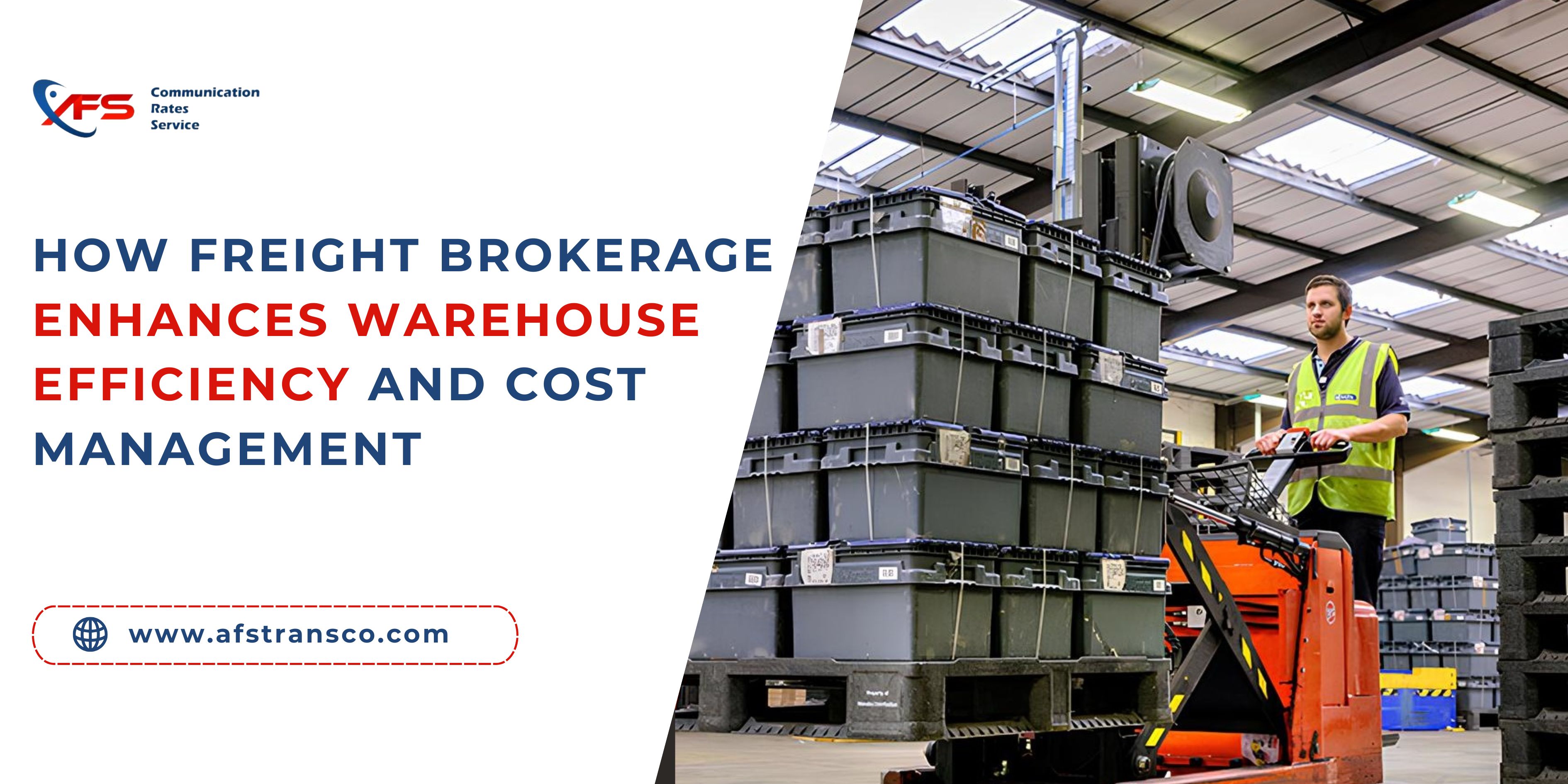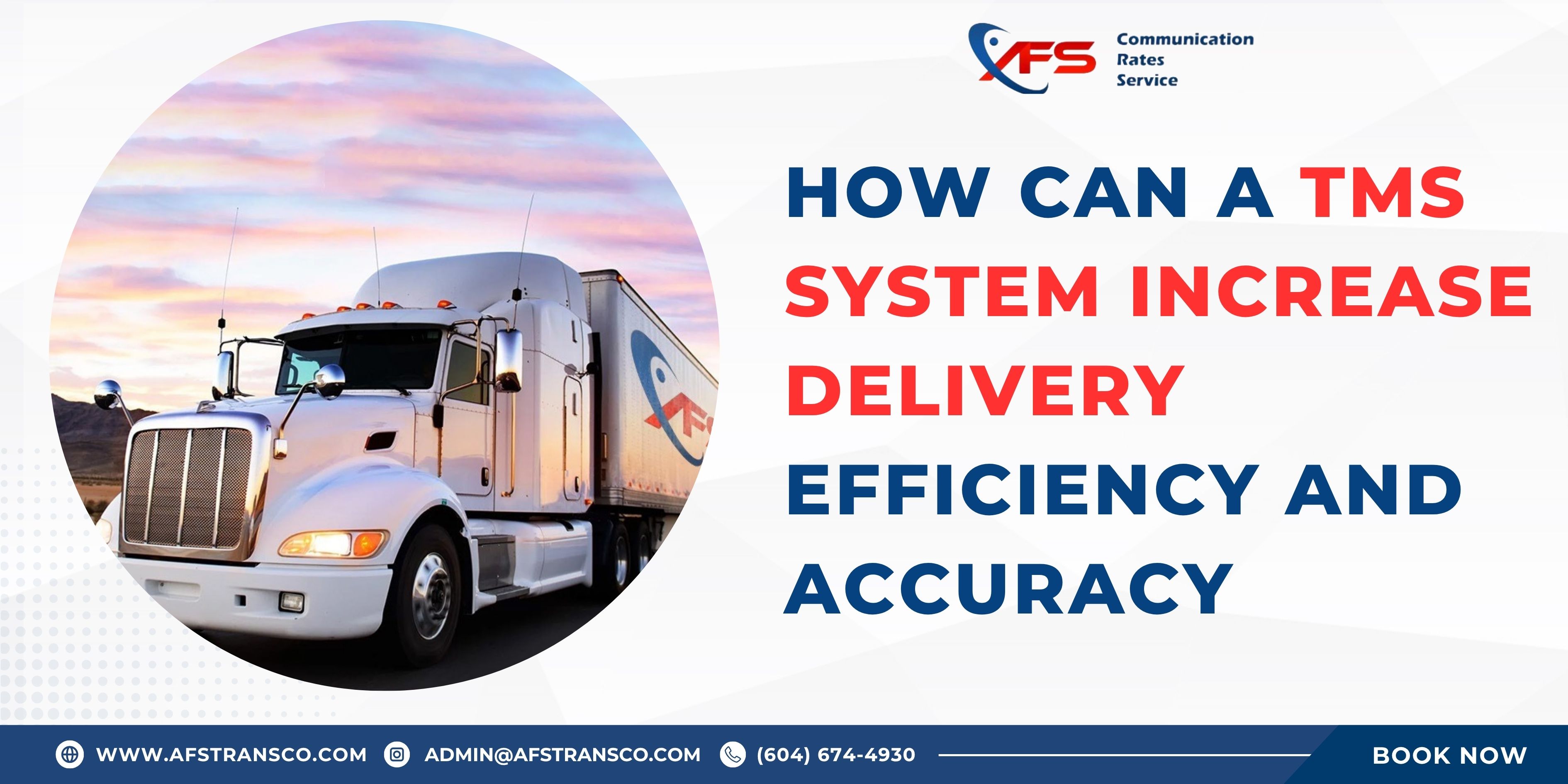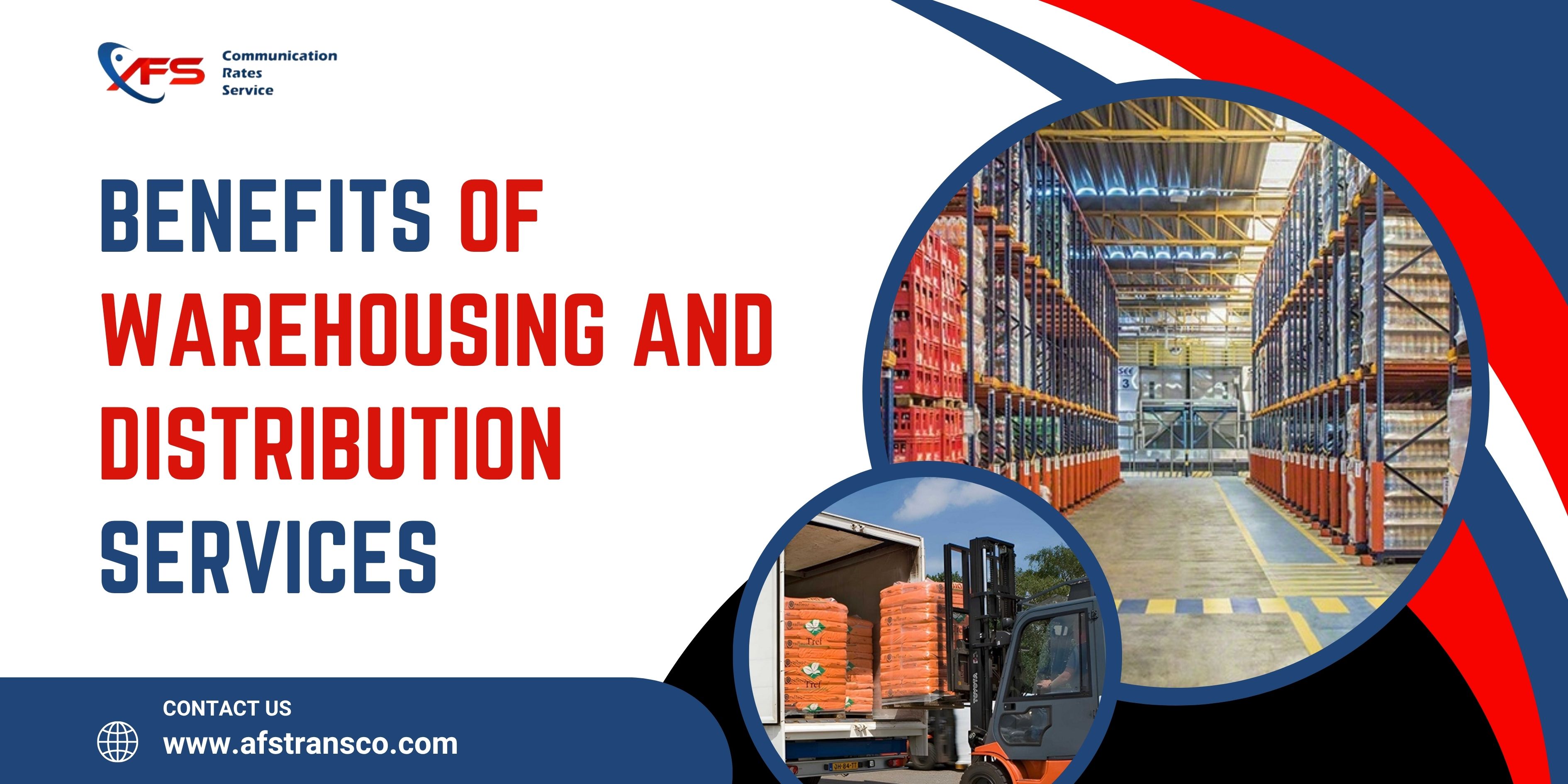In today’s global marketplace, the transportation of perishable goods is an essential part of many industries, from food and beverages to pharmaceuticals and chemicals. Maintaining the quality and integrity of these temperature-sensitive items during transit is critical, as even slight variations in temperature can result in spoilage or degradation. This is where temperature-controlled shipping comes into play, ensuring that perishable goods are transported under optimal conditions. The use of reefer units and real-time temperature monitoring provides businesses with the tools they need to protect their products and maintain regulatory compliance.
Why Temperature-Controlled Shipping Is Essential
Perishable goods have a limited shelf life and must be kept within specific temperature ranges to remain viable. For example, food products such as dairy, meat, and produce can spoil if exposed to temperatures that are too high or too low. In the pharmaceutical industry, certain vaccines and medications require strict temperature control to preserve their effectiveness. Even minor deviations from the required temperature range can result in a product becoming unsafe for consumption or use.
Temperature-controlled shipping helps mitigate these risks by using refrigerated trailers, commonly referred to as reefers, which maintain consistent internal temperatures throughout transit. This not only preserves the integrity of the products but also ensures that businesses comply with industry regulations. Many industries are subject to strict standards governing the transportation of perishable goods, and non-compliance can result in fines, product recalls, and damage to brand reputation.
How Reefer Units Ensure Temperature Control
Reefer units are specially designed trailers equipped with refrigeration systems that maintain a specified temperature range throughout the journey. These units are essential for transporting a wide variety of temperature-sensitive goods, including:
Food and beverages: To prevent spoilage and maintain freshness.
Pharmaceuticals: Ensuring that medications and vaccines remain effective during transit.
Floral products: Keeping flowers fresh and prolonging their shelf life.
Chemicals: Maintaining the integrity of sensitive chemicals that could degrade under incorrect temperature conditions.
The flexibility of reefer units allows them to maintain both frozen and chilled conditions, depending on the needs of the product. For instance, a shipment of frozen seafood can be kept at a low temperature to prevent thawing, while a load of fresh vegetables can be maintained at a higher, chilled temperature to preserve freshness. The ability to maintain a consistent temperature throughout transit ensures that goods arrive in optimal condition.
Real-Time Temperature Monitoring: A Game Changer
While maintaining the correct temperature is crucial, it’s equally important to monitor it throughout the entire shipping process. Advances in real-time temperature monitoring technology have greatly enhanced the ability of logistics companies to ensure the safe transport of perishable goods. These systems provide continuous data on the internal conditions of reefer units, allowing businesses to track and adjust the temperature if necessary.
Real-time monitoring offers several key benefits:
Early Detection of Issues: If the temperature deviates from the set range, alerts are triggered, allowing for immediate corrective action.
Increased Accountability: Continuous data logging ensures that all parties involved in the shipping process can be held accountable for maintaining proper conditions.
Regulatory Compliance: Many industries require detailed records of temperature control during transit, and real-time monitoring provides the necessary documentation.
For example, if a pharmaceutical shipment needs to be kept at 2°C to 8°C, the monitoring system can alert the driver and logistics team if the temperature falls outside this range, allowing for timely interventions to prevent product loss.
Best Practices for Temperature-Controlled Shipping
Ensuring the success of temperature-controlled shipping involves more than just using reefer units. Here are some best practices to follow:
Pre-Cooling the Trailer: Always pre-cool the reefer trailer to the required temperature before loading goods to ensure immediate temperature control.
Proper Packaging: Use insulated packaging and additional cooling agents like gel packs or dry ice for added temperature stability.
Correct Loading Procedures: Ensure that airflow is not obstructed during loading to maintain consistent temperature throughout the trailer.
Regular Reefer Maintenance: Keep reefer units well-maintained to prevent equipment failure during transit.
Partnering with Reliable Carriers: Work with experienced logistics providers that specialize in temperature-controlled shipping and offer real-time tracking.
Conclusion
The importance of temperature-controlled shipping for perishable goods cannot be overstated. Businesses in industries such as food, pharmaceuticals, and chemicals depend on reliable temperature control to ensure their products remain safe and effective. By using reefer units and real-time monitoring, businesses can protect their goods, maintain regulatory compliance, and reduce the risk of spoilage or product degradation. Incorporating best practices such as pre-cooling, proper packaging, and partnering with experienced carriers further ensures that perishable goods are transported in optimal conditions, safeguarding both the products and the company’s bottom line.




